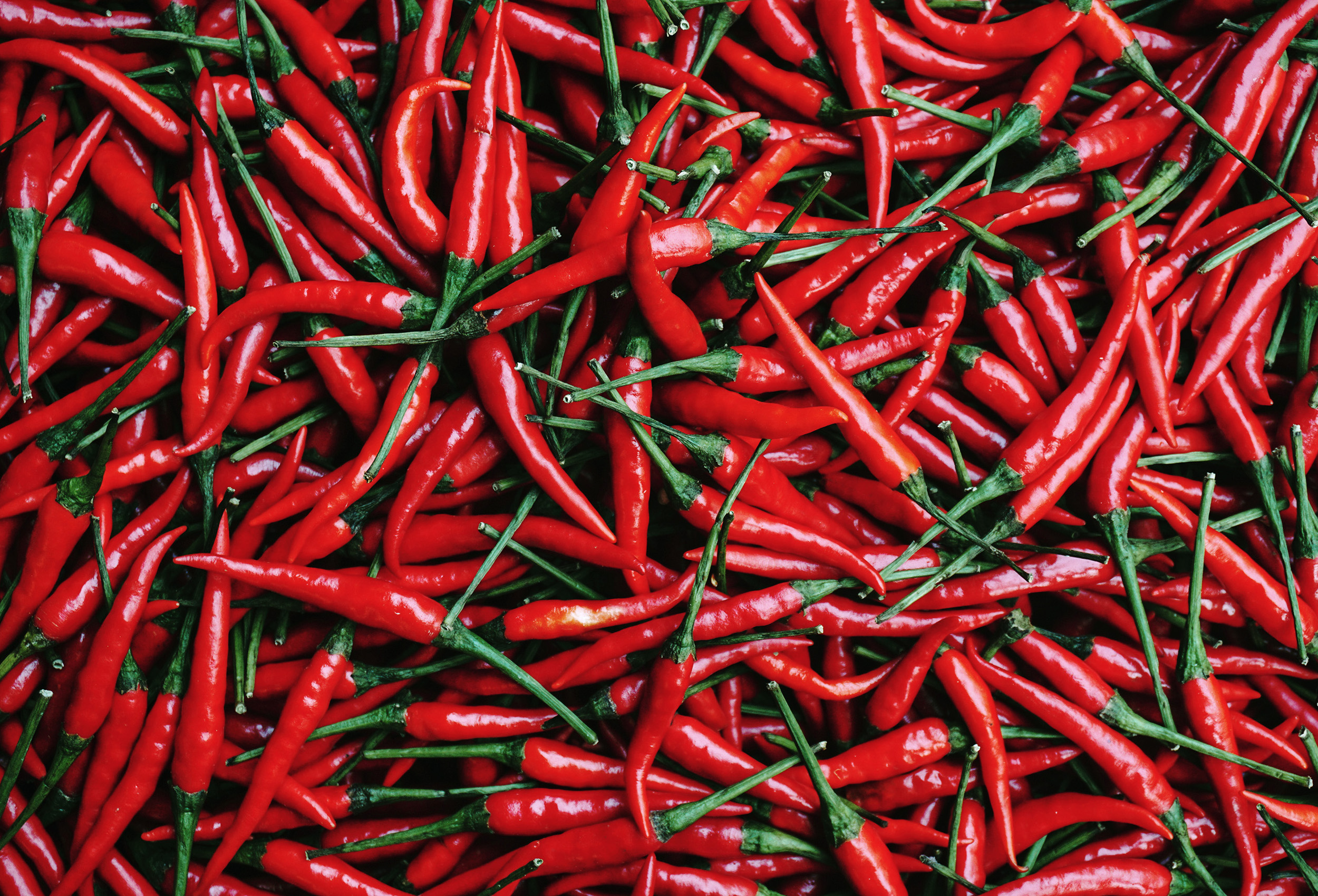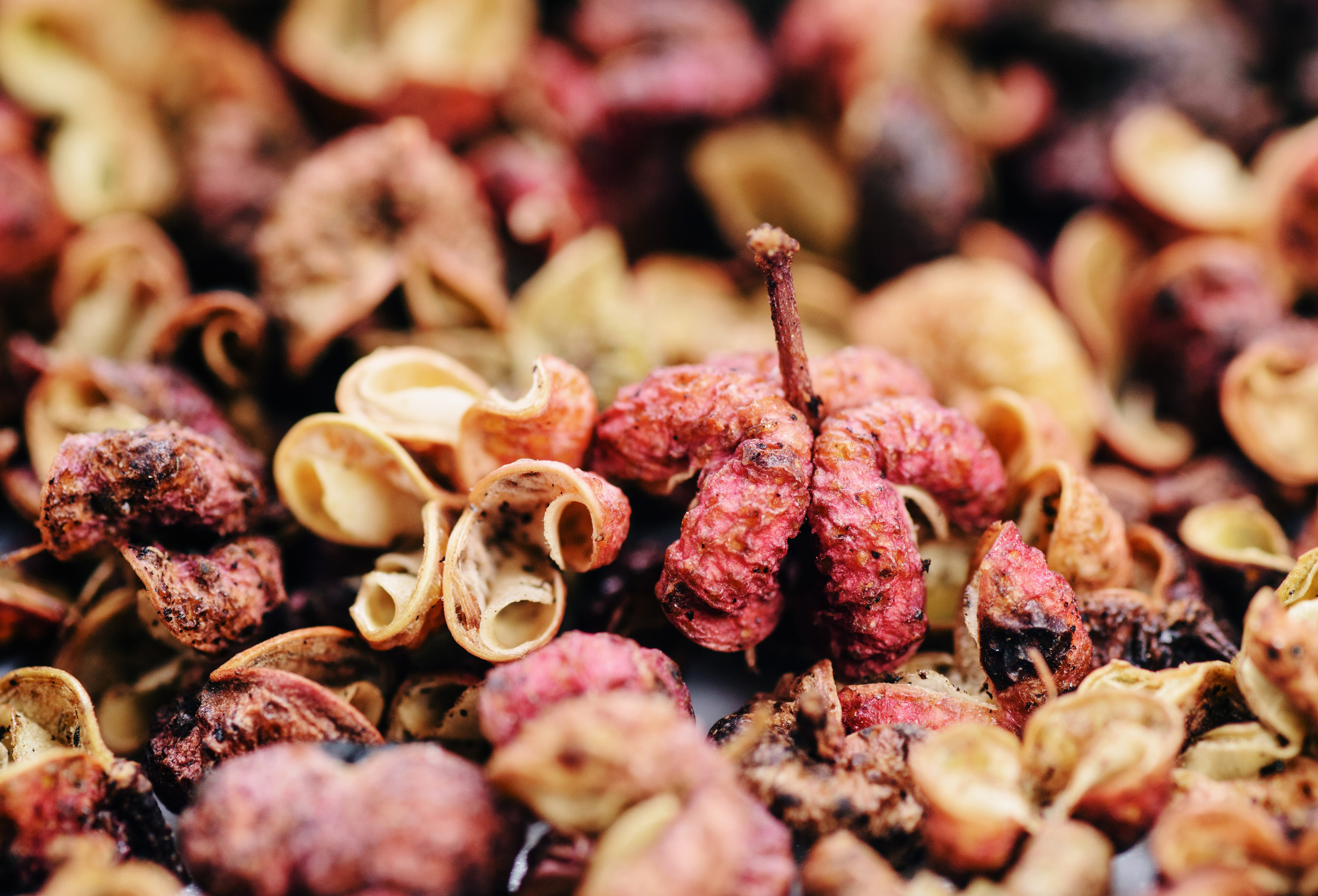Body can be loosely defined as the tactile sensations of coffee in the mouth. Body is a very important part of coffee quality, and not just in the specialty world. Just read the descriptions on any bag of supermarket coffee to see how prized a full, smooth body is for coffee consumers — perhaps more so than many of the other attributes listed on specialty coffee cupping forms. In fact, some research suggests that body is particularly important for distinguishing the sensory profile of lower-quality coffees (Borém et al 2016).
And yet, what constitutes a coffee’s body is not very well understood. Body in coffee is made up of a number of different sensations, which are not well defined. There are also very few studies that show what components of the coffee give rise to those sensations. New research, unveiled last month, points to some unexpected molecules that contribute to the mouthfeel of a coffee — and may help growers and roasters tune their processes to optimise the body of their coffee, the researchers claim.
What Is Body?
The term ‘body’ seems simple enough — if you think of us as having five senses, then ‘body’ corresponds to the sense of ‘touch’ inside the mouth. However, what we think of as ‘touch’ is actually a diverse and complicated group of sensations. Four types of mechanoreceptors on the skin respond to different kinds of pressure and vibration. This information is combined with feedback about the position of your tongue, jaw and lips (proprioception), and the force required to move them, to give an idea of the coffee’s physical properties.
These physical properties include viscosity, density, surface tension, and wettability, as well as the amount of lubrication or friction in the mouth (Navarini et al 2005). The receptors in the mouth are extremely sensitive: ‘Differences in viscosity as small as 1 millipascal (mPa) can be sensed and particles as small as 5 µm can be detected’ (Tyle, 1993). At the same time, ‘chemesthetic’ receptors can pick up sensations such as heat, burning, cooling, and tingling from chemical compounds in the drink (Simons et al 2019).
Chillies and Szechuan pepper: two examples of foods that trigger ‘chemesthetic’ receptors in the mouth, resulting in tactile sensations of heat or tingling.
This combination of sensory inputs can be experienced as a range of different sensations — thickness, roughness, creaminess, dryness, and many others. In the Barista Hustle Cupping Protocols, we divide the many sensations that make up body into two categories: weight and texture. This approach is backed up by research showing that coffee professionals evaluate the intensity of body (weight, or thickness) separately from its quality (texture, or smoothness) (Alstrup 2018).
What Components are Involved?
While the tongue can detect minute changes in viscosity in drinks, there is very little coffee-specific research linking viscosity with the perceived weight of the brew. Studies have shown that brews with higher TDS and higher extraction are perceived as thicker or more viscous, however (Frost et al 2020, Batali et al 2020). Viscosity in coffee is mainly thought to be related to larger molecules such as polysaccharides and proteins (Clarke & Macrae, 1988) or, in the case of espresso, to emulsified oils (M Petracco 2005).
The oils in coffee also contribute to its texture (Oestreich-Janzen, 2010). Fats in a drink can add to the sensation of creaminess by increasing viscosity, coasting the mouth, and lubricating the surface of the mouth, giving a feeling of slickness against the tongue (Mela, 1988).
On the other end of the texture spectrum, the dry, sandy texture caused by astringency correlates to the amount of chlorogenic acid (CGA) in a brew. CGA may not itself be the direct cause of astringency in coffee, however (Gloess et al 2013).
One of the few attempts to pin-point what molecules were responsible for body in coffee used infra-red spectrometry to analyse the molecules found in different brews, and confirmed that higher protein, carbohydrate, or fat content was linked with heavier body (Esteban-Díez et al 2004). The researchers also found that heavier body was linked to caffeine and CGA content, but suggest that this correlation is due to the robusta coffees included in their study, which have heavier body, and the connection between CGA content and roast level.
The Importance of Small Molecules
New, unpublished research from scientists at Ohio State University goes a step further, dividing a coffee into its individual component parts to determine which compounds create the sensation of body. The researchers took a coffee that a tasting panel had identified as having a full body, and then used a technique called high-performance liquid chromatography (HPLC) to progressively separate it into fractions containing different molecules. They had the panel taste each fraction and indicate which parts of the brew contributed to its body. They repeated this process with each fraction, separating it into smaller and smaller sub-fractions until they were able to narrow it down to individual molecules, each contributing to different tactile sensations.
 A high-performance liquid chromatography (HPLC) column. HPLC works by pumping the liquid through a column packed with adsorbent particles. Small molecules pass through more quickly, while larger molecules, or those that stick to the particles in the column, take longer to pass through. This allows the different components in the liquid to be separated.
A high-performance liquid chromatography (HPLC) column. HPLC works by pumping the liquid through a column packed with adsorbent particles. Small molecules pass through more quickly, while larger molecules, or those that stick to the particles in the column, take longer to pass through. This allows the different components in the liquid to be separated.
The scientists identified some compounds that contribute to body that were quite different from the large molecules usually thought to be responsible. “[Body] was traditionally thought to be because of sugars and lipids,” says Christopher Simons, one of the researchers. “But our team finds that this feeling may actually be driven by small molecules, which is kind of unique.”
The team found that the sensation of astringency was linked to melanoidins, the complex brown molecules formed during roasting by the Maillard reactions and Strecker degradation. They also linked a ‘chalky’ sensation to a new, amino acid-containing molecule. Most surprisingly of all, they found that chlorogenic acids were linked to a mouth-coating sensation in the coffee.
Chlorogenic acids had previously been linked to astringency in coffee, so it’s surprising to see them linked to a mouth-coating sensation. Even more strangely, the effect seemed to decrease at higher concentrations of chlorogenic acid.
One possible explanation is that these molecules are triggering these sensations not by changing the physical properties of the brew, but by interacting directly with the various receptors involved. In much the same way that capsaicin in chillies activates heat receptors, giving the false impression of intense heat, some of the molecules in coffee could be activating mechanoreceptors in the mouth, the researchers suggest. Some compounds are already known to activate touch receptors, such as sanshool from Szechuan pepper, the researchers point out.
This could explain why the link between body and viscosity isn’t very strong, suggests Brianne Linne, another of the researchers. “If you think about drip coffee, the variation in thickness and viscosity really isn’t that significant,” she says. The amounts of compounds like chlorogenic acid do vary, however, depending on the coffee, how it is roasted, and how it is brewed. This suggests that producers, roasters, or baristas could optimise their processes to target specific body sensations in their coffee. “Once you have these molecular targets, you can vary the brewing time… or the grind size, with the target of getting a higher or lower amount of certain compounds,” Linne suggests. In the next part of their study, the researchers will look at how roasting affects the levels of these compounds, and what effect that has on the body of the coffee.






0 Comments